The Endurance Athlete’s Guide to Optimal Hydration
1 Comments
By Claire Shorenstein, MS RD CSSD of Eat for Endurance
Hydration is one of the most important and often misunderstood parts of an endurance athlete’s fueling plan. Whether you're logging long miles on the trail, pushing through bike intervals, or showing up for other sports you love, your daily and intra-workout hydration habits can make or break how you feel, perform, and recover.
This post covers hydration essentials for endurance athletes, including how to estimate and meet your needs both during exercise and throughout the day. You’ll also learn how Tailwind’s Rapid Hydration, a simple and versatile electrolyte drink, can fit into a well-rounded hydration strategy.
Why Hydration Matters
Hydration, or replacing fluid and electrolytes lost through sweat, breath and urine, is critical to health and performance. Even mild dehydration (i.e. >2% loss in body weight) during exercise can lead to undesirable outcomes, such as increased perceived effort, reduced endurance, and higher risk of GI distress.
Staying well-hydrated is especially challenging during endurance sessions, where sweat loss adds up quickly. Since both sweat rate and composition vary widely between athletes, personalization is key. Here’s what you should know:
-
Sweat contains water and electrolytes (you lose sodium in the highest concentration)
-
Sweat rate (fluid loss per hour) depends on genetics, environment, intensity, fitness, and heat adaptation
-
Sweat composition (electrolyte content) is mostly genetic but also influenced by diet
With the right guidance, practice, and products, you can dial in your hydration plan for any situation!
Daily Habits
Start by meeting your baseline fluid needs:
-
General target: Divide your weight (lbs) by 2 to get your daily ounce goal (this excludes exercise losses)
-
Use other cues: Thirst, light yellow urine, and regular urination are helpful indicators
-
Include a variety of fluids: Water, seltzer, juice, smoothies, milk/non-dairy milk, tea, coffee (in moderation), and sports/electrolyte drinks
Want to make a tasty mocktail? Mix pomegranate juice, lemon or lime seltzer (or lemon lime Rapid Hydration), and coconut water to taste and serve over ice. It’s my favorite combo! Another idea for a refreshing drink is to mix lemon lime Rapid Hydration in cold mint tea.
Pre-Workout Hydration
Tailor your intake to your needs, session type, and environment:
-
2+ hours before: ~16–24 oz fluid with a carb-rich meal or snack
-
<1 hour before: at least 8 oz fluid, and add another 8oz ~30min before if you’re a heavy sweater (i.e. you lose > 1L/hr)
All fluids count, except alcohol (sorry beer milers). Use electrolytes when it's warm, the session is long/intense, or you're a heavy/salty sweater.
-
Endurance Fuel (50g carbs per sachet) is great if you need extra carbs (i.e. before a long/hard effort)
-
Rapid Hydration (12g carbs per sachet) works well alongside a carb-rich meal or snack
Hydration During Exercise
Fluid needs during exercise depend on intensity, duration, environment, and sweat rate. The goal is to minimize dehydration without over-hydrating, ideally replacing 50–90% of sweat losses per hour.
Estimate Your Sweat Rate
-
Weigh yourself naked before and after a 60-minute session (avoid bathroom use in between)
-
1 lb lost = 16 oz of sweat
-
Add any fluid consumed to that total (in ounces)
-
Repeat in different conditions
For example: If you lost 1 lb and drank 16 oz, your sweat rate is 32 oz/hour.
<60 Minutes
For shorter sessions, you might not need fluids if you hydrate beforehand and rehydrate after. That said, sipping an electrolyte drink to thirst can help, especially if it’s hot, you’re a heavy/salty sweater, or you just feel better when you do.
Carbs aren’t required for training sessions under 60 minutes, but small amounts help if you didn’t eat beforehand, are pushing the pace, or have high overall carb needs. Additionally, sugar facilitates the update of electrolytes. Experiment and see what feels best for you.
Personally, I love using Rapid Hydration for 45–60 min swims, bike rides, and runs. I switch to Endurance Fuel when I need some extra carb support!
1–2.5 Hours
Once your session passes 60 minutes, you need to start replacing carbs, fluids, and electrolytes:
-
Carbs: Aim for 30-60g+ carbs per hour from gels, chews, sports drinks (e.g. Endurance Fuel, High Carb), and/or solid foods
-
Fluids: If you tested your sweat rate, replace ~ 50-75% of losses. Without a sweat test, start with 12–28 oz/hour and adjust for climate, exercise intensity and duration, and how you feel. Consume more than this if you’re a very heavy sweater.
-
Electrolytes: Include via sports drinks, gels, pills, etc (more on this below)
Identify what you’re currently consuming, and gradually work up to your carb and fluid goals.
>2.5 Hours
For longer sessions, fueling and hydration demands increase:
-
Carbs: Target 60-90g+ carbs per hour
-
Fluids: Replace 75–90% of fluid losses (may require gut training)
-
Electrolytes: Include via sports nutrition products (e.g. High Carb or Endurance Fuel) and/or foods
-
Protein: For exercise >3-4 hours, try 5-10g/hr of protein or 20-30g every 3hr (Tailwind recovery is a great option)
Sodium During Exercise
Sodium helps maintain fluid balance and supports performance. Too much can cause GI issues and dehydration; too little can lead to hyponatremia (low blood sodium levels).
How to Estimate Sodium Needs
-
Sweat composition tests (if able)
-
Clues like salt stains on dark clothing, sweat stinging your eyes, or visible salt on your skin
-
Experiment with the general range of 500–900mg sodium per liter of fluid (aim for the higher end of this range or above if you think you’re a salty sweater)
Remember: Sodium is a concentration-based goal (mg/L). Always think of sodium and fluid relative to one another.
Environmental Adjustments
Different environmental factors can influence your fluid needs, for instance:
-
Heat: Increases sweat rate, and thus fluid and sodium needs
-
Cold: Thirst may decrease, but diuresis (increased urination) and dry air can increase fluid loss, plus you’re still sweating
-
Altitude (>8,000 ft): Increases fluid loss due to higher respiratory rate and drier air, and may decrease appetite/thirst
In all cases, adequate hydration helps prevent GI issues and supports performance.
Post-Exercise Hydration
Rehydration helps you recover faster:
-
Using your sweat rate, drink 20-24oz fluid per lb of weight lost over the next 4 hours
-
Without a sweat rate, aim for at least 16–24 oz fluid
-
Include sodium to help your body absorb what you drink
-
Options: Sports/electrolyte drinks, juice, smoothies, milk, water-rich foods (e.g. watermelon, cucumbers, strawberries), water + salty foods
After a run, I love to blend watermelon with ice and add a pinch of salt for a refreshing slushie!
Product Spotlight: Rapid Hydration
Tailwind’s Rapid Hydration is a fast-absorbing, gut-friendly electrolyte drink with a lightly sweet taste. It doesn’t have any dyes, and it’s also free of the stevia, monk fruit, and artificial sweeteners that many athletes (myself included) dislike.
How I Use It:
-
Pre-workout: to top off fluids/electrolytes
-
Short workouts (<60 min): to hydrate with fewer carbs
-
Post-workout: to quickly replenish sodium and fluids
-
Busy days: when hydration may fall through the cracks
-
Air travel: to help combat losses from dry air on the plane
-
Before having a drink or two: no one has time to be hungover
Final Thoughts
Want to feel better, recover faster, and perform at your best? Dialing in your hydration strategy is key.
With a clear understanding of your individual needs and the right tools, like Rapid Hydration, you’ll be ready for whatever the day throws at you.
Stay consistent, stay flexible, and stay hydrated!
—-
Claire Shorenstein, MS, RD, CSSD is a distance runner and board-certified Sports Dietitian with over a decade of experience working with teenage and adult athletes from the recreational to elite level. Through her virtual private practice, Eat for Endurance, she helps busy, active people learn how to fuel themselves for health and performance while navigating the challenges of everyday life. Claire also hosts The Eat for Endurance Podcast, which provides evidence-based guidance, inspiring athlete stories, and practical tips on a wide variety of nutrition topics to fuel better, crush your endurance goals, and thrive as a human being.
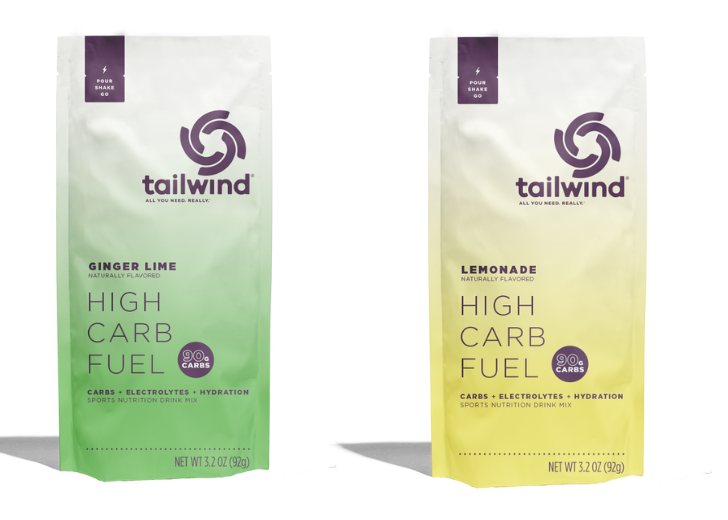
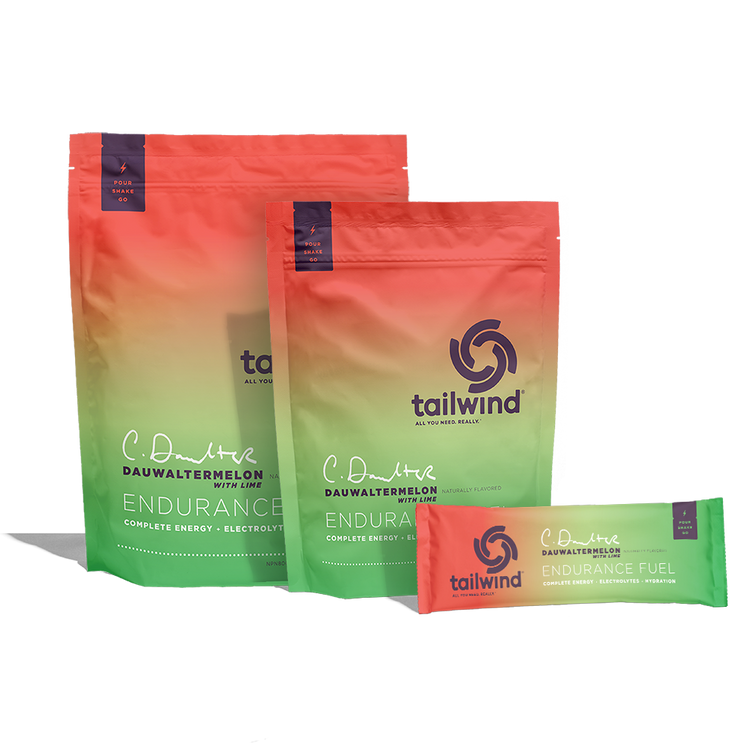

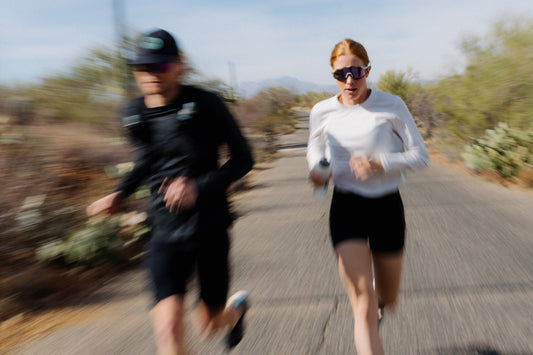
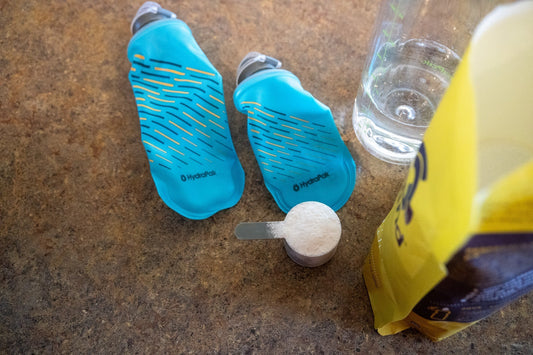
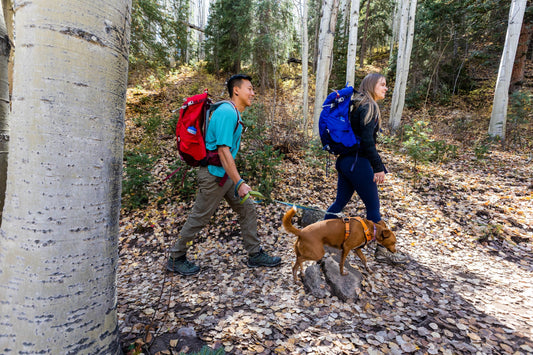

1 comment
I did my sweat test this morning around a bike trainer workout, and was astonished to find 3 lbs lost in a 70-minute workout. Tailwind helps keep me hydrated, and I’ll be increasing consumption with the information in this article and my own sweat test!